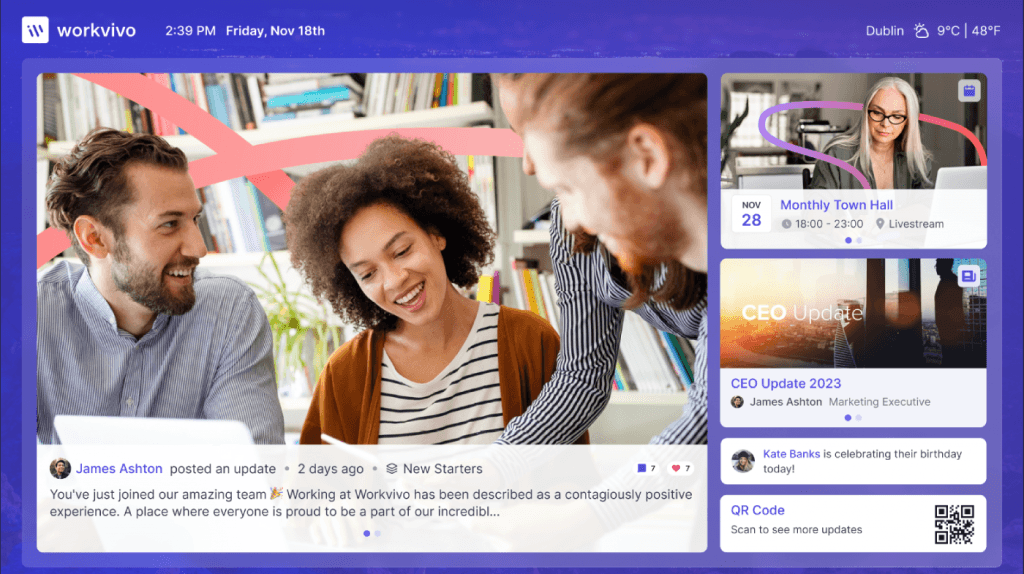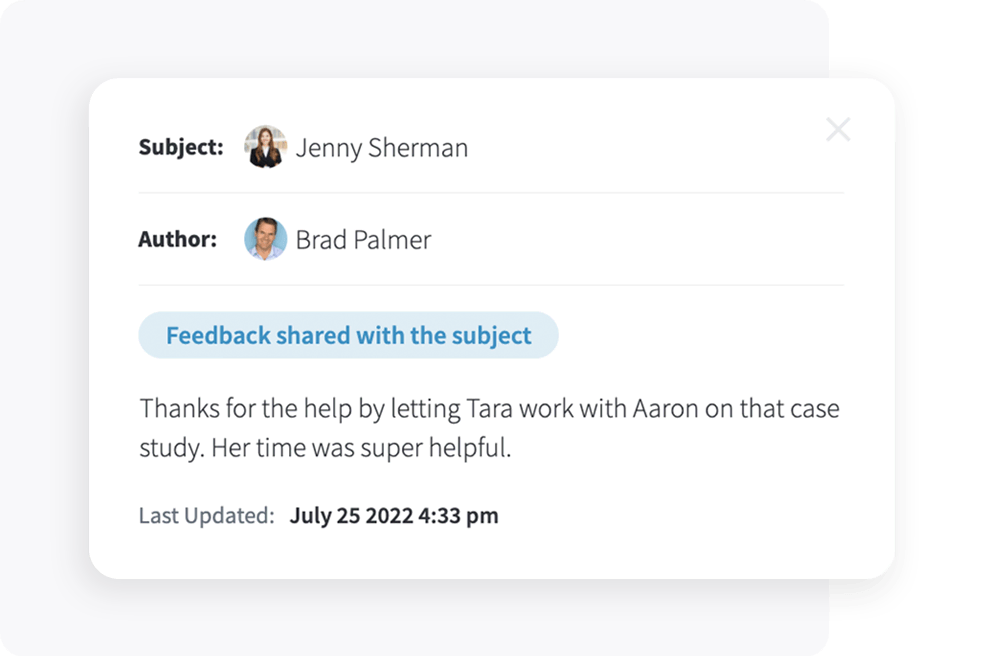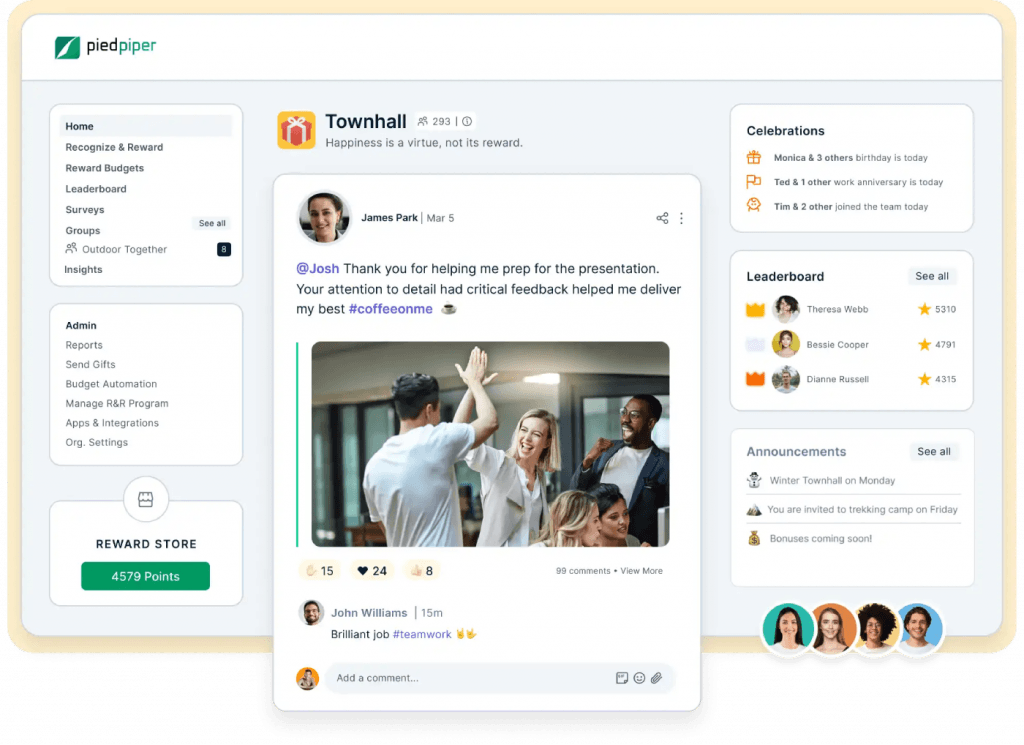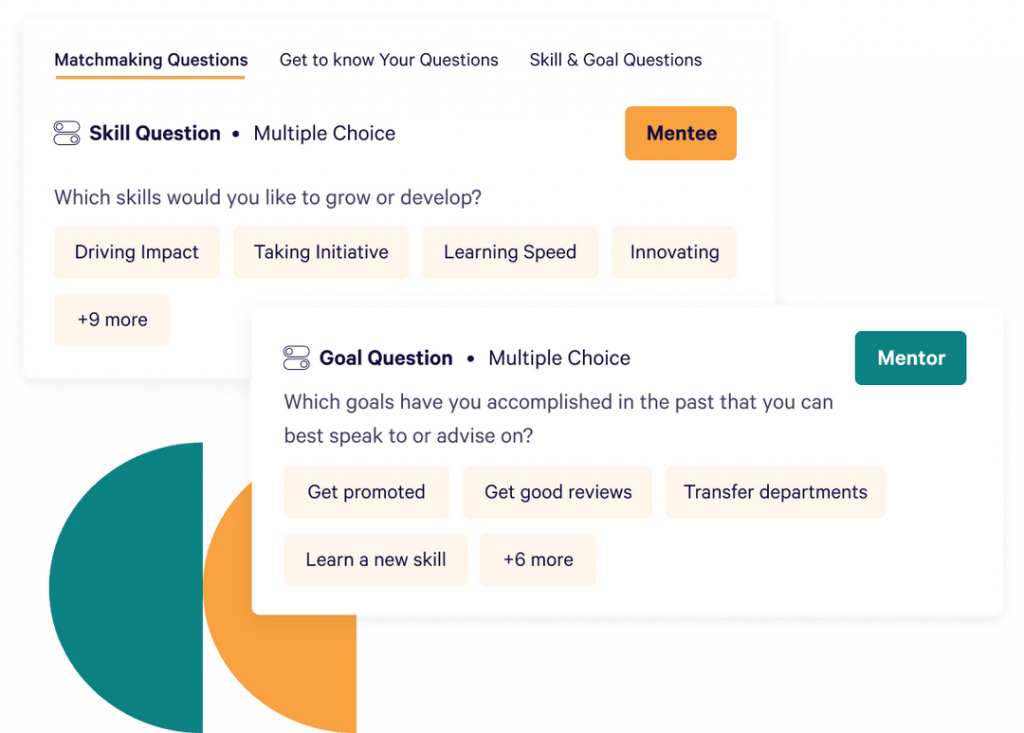HR
Learning Management Systems
Key takeaways
In this article…
8 ways to engage employees
Only 23% of global employees are considered engaged at work, according to Gallup’s 2023 State of the Global Workplace. Although higher than in years past, this low percentage can explain trends like quiet quitting and job hopping — employees do not see the value in their work or company.
However, there are several ways you can increase engagement in your workplace to combat these, including:
- Developing a culture of continuous learning.
- Streamlining communication and workflows.
- Supporting community involvement.
- Encouraging honest and open feedback.
- Recognizing and rewarding achievements.
- Supporting diversity, equity, and inclusion.
- Promoting mentorship and buddy programs.
- Making work a game.
1. Develop a culture of continuous learning
Perhaps your employee training ends right after onboarding and consists only of mandatory industry compliance training. However, SHRM and TalentLMS’s 2022 study finds that 38% of U.S. employees want more training relevant to their jobs, while another 31% want more control over their training.
These numbers hint that providing more training to help employees upskill is a major key to keeping employees invested in your company. Plus, you can direct their training so they grow in their roles and support long-term strategies such as succession planning.
How to get started
Consider adding the following to your current learning and development (L&D) programs to showcase your dedication to continuous learning:
Consider using a learning management system (LMS) to centralize learning content within your organization. TalentLMS, for example, syncs with human resources (HR) software suites like BambooHR and Sage People to streamline data between L&D and other HR functions like performance management.
Learn more about TalentLMS:
2. Streamline communication and workflows
Consistent and transparent communication from business leaders about company changes, performance, and objectives can help employees understand the company mission and align their expectations.
Employees are more likely to feel motivated and stay longer when organizations prioritize communication and collaboration. Open and honest communication allows employees to meet major deadlines, work effectively with their peers, and feel safe providing critical feedback.
In fact, according to Datasite CHRO Deb LaMere, introducing a new two-way employee communication tool was a major part of her company’s overall employee engagement strategy. “[The new tool makes it] easier for employees to connect with each other and stay informed about company announcements and even fun activities,” says LaMere.
Another benefit is the tool’s ability to “sustain culture” in Datasite’s hybrid work environment. An effective communication platform reduces information loss and improves collaboration between remote and in-person employees.
How to get started
In addition to training employees on effective communication strategies, you can leverage platforms like Basecamp and Asana to reduce the manual effort around communication. These project management and productivity tools include features like direct messaging and automatic notifications to keep distributed teams in the loop.
Meanwhile, employee experience platforms centralize workplace applications and provide various ways for employees to connect. Workvivo, for instance, lets you craft email digests, news articles, and even podcasts for your employees. Its digital signage feature is also a great way to keep deskless employees updated on essential company announcements and events.

3. Support community involvement
Encouraging your employees to give back to the community is a great way to show that your company values empathy, teamwork, and respect. It also attracts the incoming Generation Z workforce who desire jobs that make a difference in the world.
For example, Hasbro provides employees four hours of paid time off (PTO) every month to volunteer for charitable organizations that benefit communities. It also showcases these initiatives on its career site, recognizing their appeal to job seekers.
How to get started
A corporate volunteer program can consist of several things depending on your company’s preferences:
While some of these options require collaboration with local organizations, applications like UKG Pro allow employees to set up one-time or recurring donations from their paychecks to charitable campaigns. Meanwhile, unique software platforms like PTO Exchange let employees exchange their accrued PTO for donations to nonprofit organizations, among other creative options.
Explore PTO Exchange:
4. Encourage honest and open feedback
Giving employees feedback, whether positive or negative, demonstrates commitment to their professional success. It also clarifies role expectations so employees can focus on the job aspects that impact the company’s bottom line.
Feedback is also not one-sided; encouraging upward feedback on company policies, procedures, changes, and leader performance can improve engagement. Qualtrics’ 2020 Global Employee Experience Trends study notes organizations that collect and act on employee feedback have twice the employee engagement score of companies that don’t.
How to get started
Taking advantage of performance management software is an efficient and effective way to start providing and collecting feedback. Platforms like PerformYard can automate one-on-ones with managers, automatically send pulse surveys regularly, and retain notes from feedback conversations to inform future performance reviews.

5. Recognize and reward achievements
The connection between employee recognition, rewards, and engagement isn’t surprising. Employees who receive sincere praise from their peers or managers, a performance bonus, or other recognition are more motivated to do well and exceed expectations.
For example, LaMere explains the enormous impact recognizing and celebrating employees on social media had on employee engagement. “These programs [boosted] the company’s engagement score by nine points year-over-year since first launching our annual engagement survey in 2019.”
Public recognition also demonstrates how important employees’ work is to achieving company goals. Such praise can even inspire others to be more productive, especially if you tie it to meaningful rewards.
How to get started
Recognition should occur frequently enough to encourage employees to do well but not so often that it becomes insincere. A simple “thank you” can go a long way for simple tasks, while positive feedback and public appreciation are great ways to celebrate those who go above and beyond.
Rewards can come in many forms too. Beyond monetary rewards like bonuses and gift cards, you can get creative. Perhaps take an employee to their favorite restaurant for their hard work. Or, perhaps treat a team to company swag or extra PTO for successfully completing a major project.
Software like Xoxoday Empuls offers features for employees to privately or publicly recognize their peers. Employees can also reward coworkers with points to exchange for gift cards, charity donations, or travel perks. What’s more, engagement software provides you with back-end tracking and analytics to understand what kind of recognition is effective across teams, locations, and departments.

6. Support diversity, equity, and inclusion
Supporting diversity, equity, and inclusion (DEI) efforts at work does more than make teams more innovative; it can also be the key to retaining employees long-term. A 2020 Glassdoor study, for example, finds that nearly half of black and Hispanic job seekers quit their jobs after witnessing or experiencing discrimination at work.
Moreover, the more you value DEI, the more likely employees from minority groups will feel comfortable being their authentic selves at work. Research from the Harvard Business Review seems to support this, with diverse teams with high psychological safety outperforming those that don’t.
Besides increasing engagement, DEI has the added benefit of fostering company innovation, allowing you to outpace competitors that have more homogeneous workforces.
How to get started
It’s one thing to say you value DEI and another to put DEI initiatives into practice. In addition to establishing equitable and inclusive company values, policies, and procedures, consider implementing DEI training, diversity-focused hiring practices, and DEI metrics to measure the success of your efforts.
Internal initiatives like DEI committees and employee resource groups (ERGs) also provide infrastructure for DEI programming and advocacy work. For instance, ERGs can give employees with shared identities an outlet to raise concerns, while DEI committees can find and hire diverse candidates and write equitable policies.
Interested in how to implement an ERG from scratch? Watch our video overview:
7. Promote mentorship and buddy programs
Mentorship programs serve as a way for employees to receive career advice and support outside the employee-manager relationship. Mentors are experienced employees who teach and advise mentees on various workplace concerns, like career advancement and conflict resolution.
Buddy programs are another option. Dan Michelson, CEO and founder of InCommon, explains that they can be more effective than mentorship programs because the “connections are between peers who are experiencing similar challenges and can provide ground-level guidance.”
Both programs have the potential to foster long-lasting work relationships, even friendships. Data from a 2023 SHRM study indicates this can positively affect employee retention, with 76% of U.S. workers saying they’re more likely to remain with their employer if they have close friends at work.
How to get started
You can connect mentors and mentees or buddies manually, but mentorship software can simplify the process significantly. For example, Together uses a pairing algorithm to match mentors with mentees based on customizable factors like goals, aspirations, skills, or locations.

8. Make work a game
Incorporating gamified elements in the workplace, such as those found in pre-assessment and training tools, can make work fun. This is known as gamification, and it provides an opportunity for employees to develop the hard and soft skills they need to succeed in their roles.
Gamification also adds an element of competition, encouraging employee productivity to win. Constantly changing the games in your workplace can also ensure the novelty doesn’t wear off, ensuring employees remain excited about coming to work for new challenges.
How to get started
Including games in your training is one way to gamify your workplace. For example, several LMS solutions include quizzes, badge-collecting, and leaderboards. Other training elements, like video game simulations or virtual reality, can teach employees some of the technical aspects of their positions in a safe environment.
Besides eLearning, you can add gamification in other ways. For example, you can have two teams compete against each other on sales or production goals. Or, you can use timers to add a sense of urgency to a project or task. Every workplace is different, so you should ask your employees’ preferences beforehand to ensure the game element you choose will positively impact employee productivity.
Learn more about gamification in the workplace with iSpring Learn:
Employee engagement FAQs
Choosing the best ways to engage employees
Understanding what employees want is the key to crafting effective engagement programs for your company. For example, rewarding employees with a pizza party after working exceptionally hard on a project might motivate one company’s workforce but not another.
As Lisa Sterling, chief people officer at Perceptyx, explains, “not all [employees are] engaged in the same way,” and “different things are important to different people.” In other words, your tactics can just as easily be ineffective or counterproductive if implemented improperly.
One of the following software categories might address your unique engagement challenges:
About the author


